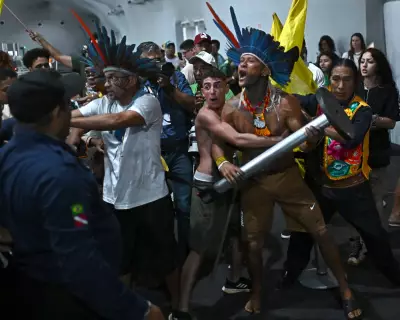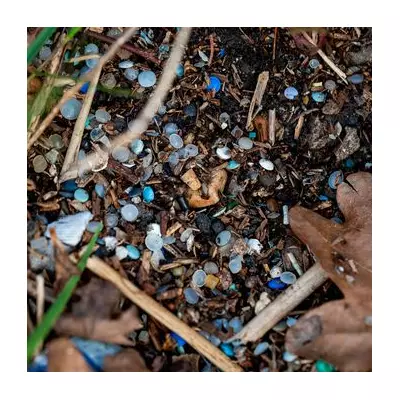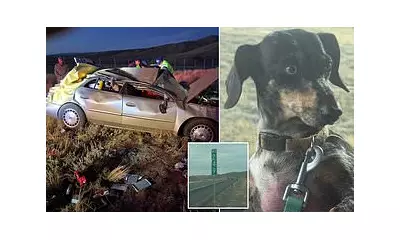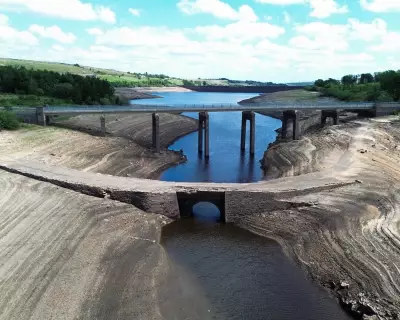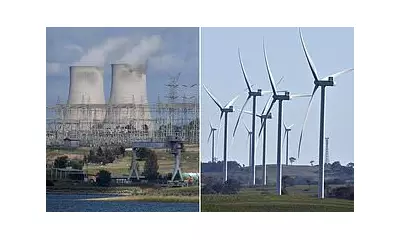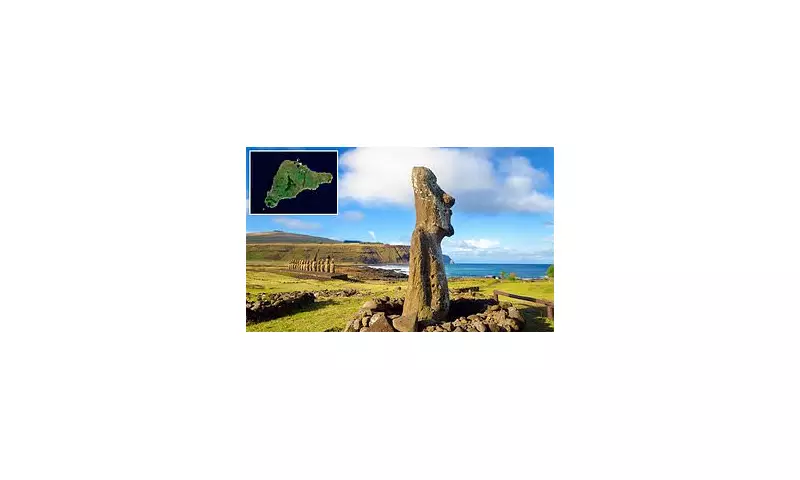
Scientists and archaeologists are baffled after a previously unknown Moai statue was discovered emerging from the ground on Easter Island. The mysterious find has reignited debates about the island's enigmatic history and the purpose of its iconic stone figures.
A Startling Discovery
The newly uncovered statue, partially buried in volcanic soil, appears to be in remarkably good condition despite centuries of exposure. Its emergence has sparked excitement among researchers who believe it could hold vital clues about the Rapa Nui civilisation that created these monumental sculptures.
Questions Without Answers
Experts are particularly intrigued by the statue's location, which differs from the known ahu (ceremonial platforms) where most Moai stand. This unexpected positioning challenges existing theories about how the ancient islanders distributed their iconic creations across the landscape.
Key mysteries surrounding the discovery include:
- Why was this statue buried while others remained visible?
- Does its location indicate previously unknown ceremonial sites?
- Could there be more undiscovered statues waiting to be found?
Technological Advances Aid Research
Modern scanning technology is being deployed to examine the statue without risking damage through excavation. Ground-penetrating radar and 3D imaging may reveal whether the figure stands alone or is part of a larger, hidden complex.
Archaeologists emphasise that this discovery underscores how much we still have to learn about Easter Island's fascinating past. As research continues, each new finding seems to raise more questions than answers about this remote Pacific island's mysterious history.

